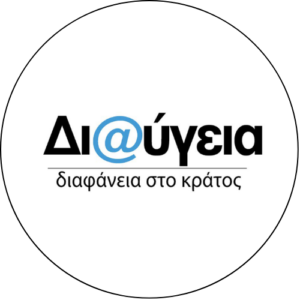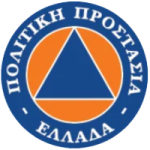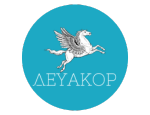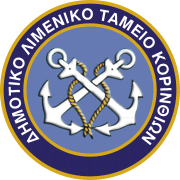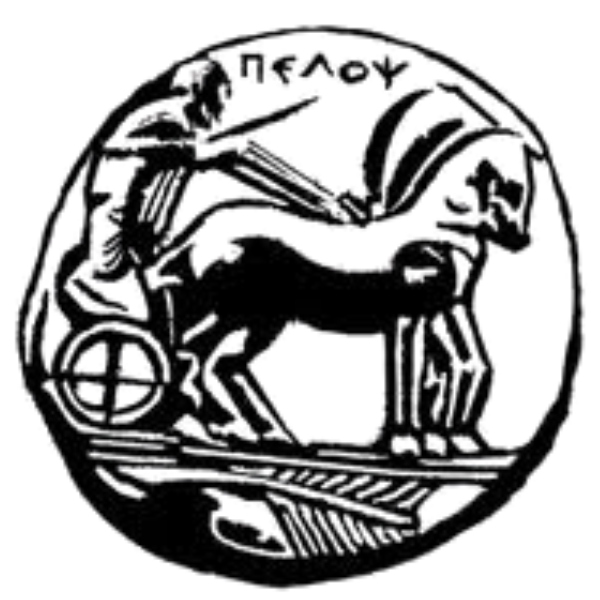
The archaeological site of Ancient Corinth is located at the northern foot of the hill of Acrocorinth, around the archaic Temple of Apollo. Extensive excavations have brought to light the city’s Roman Forum, temples, fountains, galleries, baths and various other monuments. The investigations were extended to the fortress of Akrokorinthos to the south of the organised archaeological site, to prehistoric settlements in the Corinthian plain in the north such as the hill of the prehistoric settlement of Korakos, Agios Gerasimos, Gonia and Gyriza. To the south of the organised archaeological site, the Theatre, the Roman Odeon, the sanctuary of Asclepius and Health (Asclepius), cemeteries, pottery workshops (Kerameikos), walls, as well as various other buildings such as the Frankish Quarter and a significant number of Venetian and Ottoman monuments came to light.
The Museum of Ancient Corinth was built in 1932 to house the numerous objects that the archaeological excavation brought to light. It was erected by the American School of Classical Studies, with a donation from Ada Small Moore. The building was designed by Stuart Thompson, according to the architectural standards of the “Chicago School”. The west wing was added later, in 1951. The Museum’s spaces are organised around two atriums, which give the building a special character.
In 2007-2008, work was carried out to upgrade the Museum, with funding from the 3rd CSF, when the two rooms that housed the prehistoric collections and the finds from the Asclepieion were renovated. In 2015, large-scale works were completed in the east and south wings. These spaces now house a new exhibition on ancient Corinth, from the Geometric period until its destruction by the Romans in 146 BC. The project was co-funded by the NSRF 2007-2013.
Contact details







